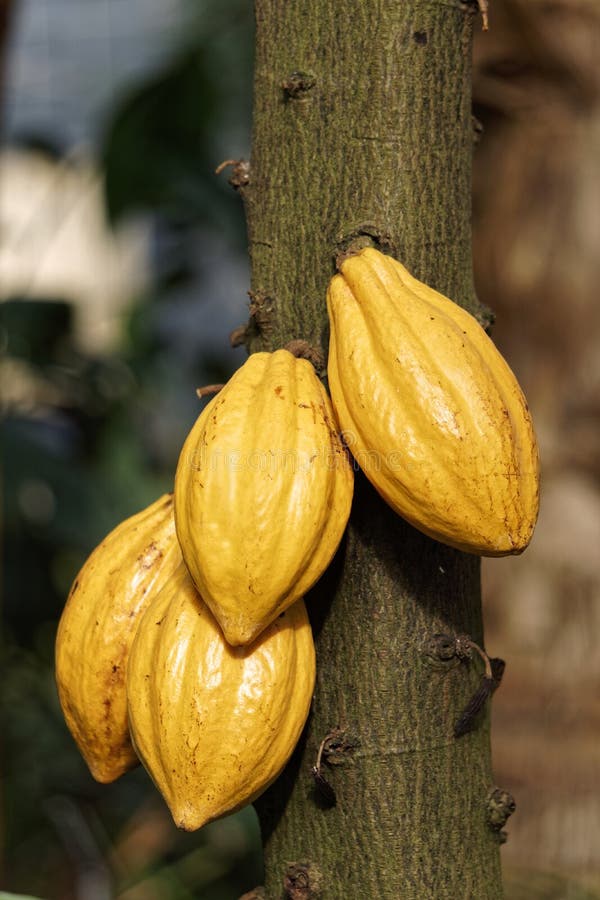
Cacao pods stock photo. Image of seed, tree, crop, chocolate 88841546
Cacao is native to South America, but it was first cultivated in Mesoamerica about 3,000 years ago. Cacao is seed from which cocoa and chocolate are made, 1550s, from Spanish cacao "the cocoa bean," an adaptation of Nahuatl (Aztecan) cacaua, root form of cacahuatl "bean of the cocoa-tree." What are the Benefits of Cacao

Seed Pods of a Cacao Tree or Cocoa Tree, Theobroma cacao "Amelonado", Malvaceae. Used to make
This tree, which grows primarily in Africa, South America and Central America, produces pods that contain cacao beans. Those beans, which are sometimes called cacao seeds, undergo processing to.
FileCocoa Pods.JPG Wikipedia
Back to that cacao pod: Cut into it and you'll be greeted by a mass of gumball-size seeds surrounded by a fleshy pulp. The pulp is edible, tasting bright and tropical straight from the pod, but.
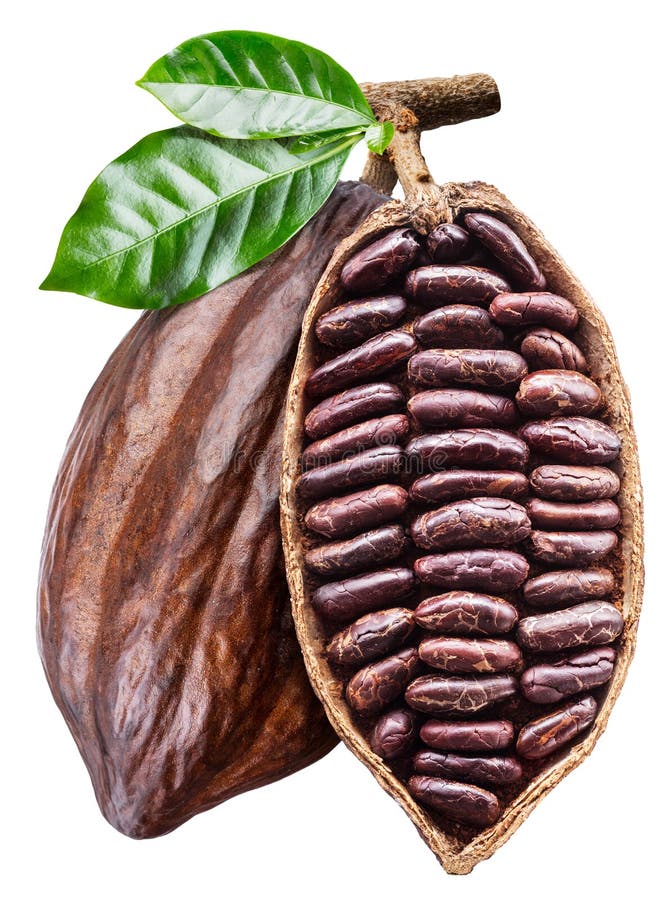
Open Cocoa Pod with Cocoa Seeds Which is Hanging from the Branch. Conceptual Photo Stock Image
Each pod has numerous ridges running along its length and holds 20 to 60 seeds, or cocoa beans, arranged around the long axis of the pod. The oval seeds are about 2.5 cm (1 inch) long and are covered with a sweet sticky white pulp. Cacao thrives at altitudes of 30 to 300 metres (100 to 1,000 feet) above sea level in areas where temperatures do.

What is it? How do you eat it? edible Hawaiian Islands Magazine
A cocoa tree is a branching tree with simple, pointed (lanceolate) leaves that can reach up to 10 cm in width and 61 cm in length. The tree bears clusters of pale-yellow flowers with five petals and sepals each. Cocoa pods (drupes) can be green-white, yellow, purplish, or red in color, with 20-50 seeds arranged in five distinct rows.
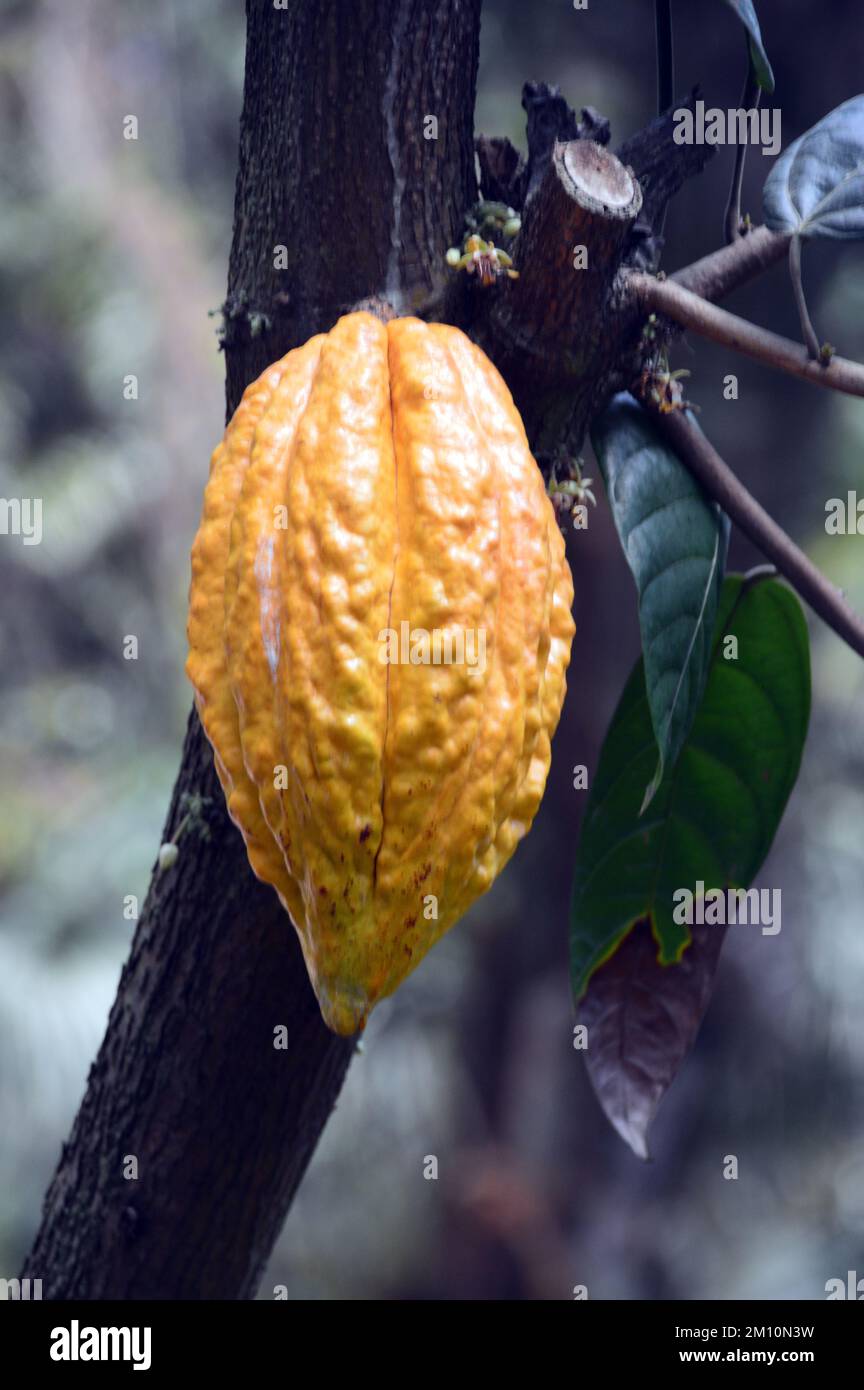
Yellow Cocoa Bean 'Pod' (Cocoa Seed) Handing on a Cacao tree (Theobroma Cacao) grown at the Eden
Inside each pod is a white pulp that contains around 20 to 50 seeds, or cocoa beans. The seeds are extracted and processed into myriad products. These trees have a fairly slow growth rate, and it can take around five years before they produce seed pods. The best time to plant is in the spring or fall.

Fresh Cocoa Seeds for planting row coco Theobroma Cocoa bean Etsy in 2021 Chocolate tree
Plant sprouted seeds 2-3 cm into the soil (the roots facing down) Plant into small, well-draining pots or seed containers with a mix of 50/50 fertilizer and sandy or loamy soil. Maintain adequate moisture (remember- these trees come from a rainforest) but don't let them get bogged down, either. Ensure sufficient drainage so the seeds (and.

Cacao pod stock photo. Image of limb, delicious, botany 91899818
From there it spread Northward. Our Cacao is grown sustainably in Ecuador. Flavor Profile: The flesh of Cacao is sweet and slightly citrusy. The seed is rich like dark chocolate or fresh coffee. How To Eat: Cacao is ready to eat as soon as it arrives. Inside the cacao pod, you can eat the sweet flesh off the seeds. The seeds can also be eaten raw.
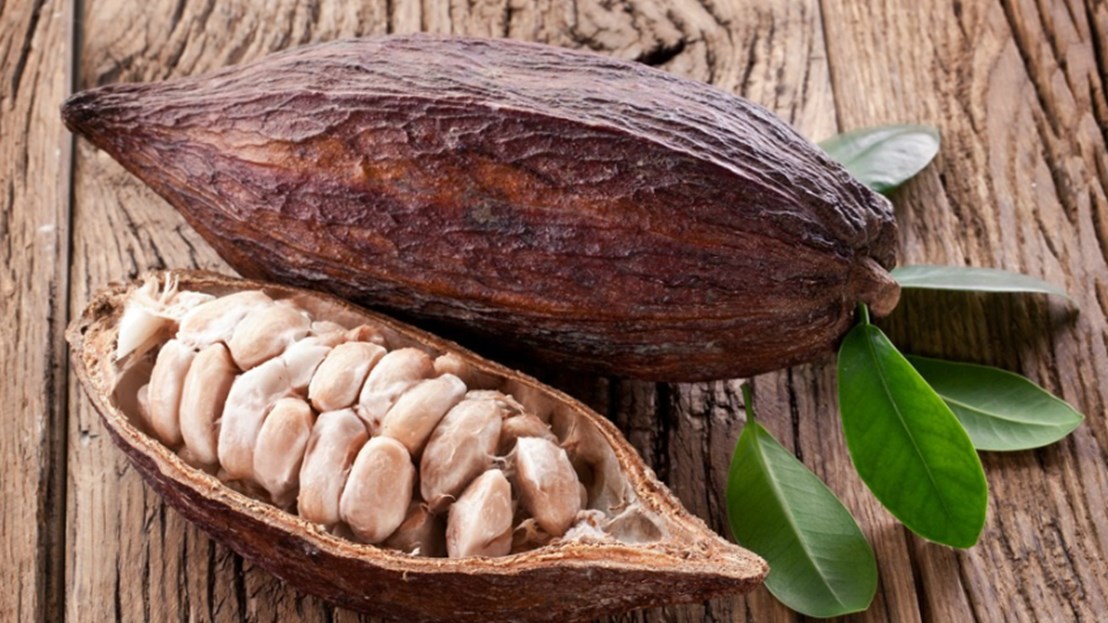
Improving the Cacao Genome and Phytozome DOE Joint Genome Institute
The cacao tree produces melon-like fruits called cacao pods, each of which contains 25 to 50 seeds surrounded by white pulp, according to an article published in Frontiers in Plant Science.While this pulp is totally edible, the real magic is within the seeds or beans. Raw cacao beans are bitter and nutty, but once processed, they develop that wonderful chocolatey flavor.

Cocoa Pod on Raw Fresh Cocoa Seed Background Stock Image Image of fruit, brown 100205613
Cacoa pods (fruit) are about 17 to 20 cm (6.7 to 7.9 in) long and has a rough, leathery rind about 2 to 3 cm (0.79 to 1.18 in) thick (this varies with the origin and variety of pod) filled with sweet, mucilaginous pulp (called baba de cacao in South America) with a lemonade-like taste enclosing 30 to 50 large seeds that are fairly soft and a pale lavender to dark brownish purple color.
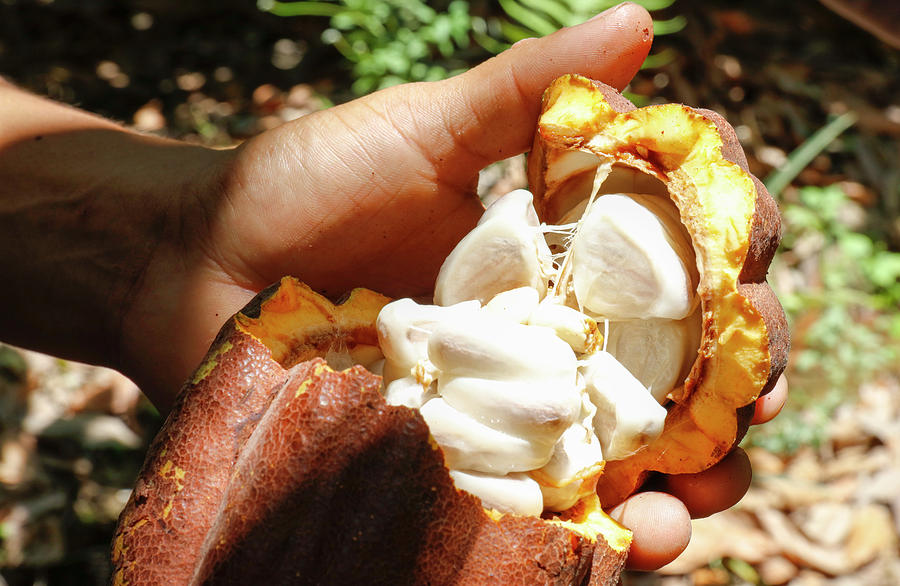
Cocoa Pod Split Open To Reveal The Seeds Photograph by Michael Szoenyi/science Photo Library
Depending on the type of cacao and its genetics, each pod can contain anywhere from 35 to 80 fruit-covered cacao seeds. "The exterior pod is hard, fibrous and dense like a melon rind.

Ripe cacao pod on a tree stock image. Image of leaves 113582193
Recipe for Fresh Cacao Fruit Puree (adapted from Using the Cacao Pod in Recipes) Fresh cacao pods; Water to cover by at least one inch; Simmer the peeled, cored, and chopped cacao pod flesh until soft, about 25-35 minutes. Note that the water will turn yellow, then purple, and then thicken so much it looks like jam.
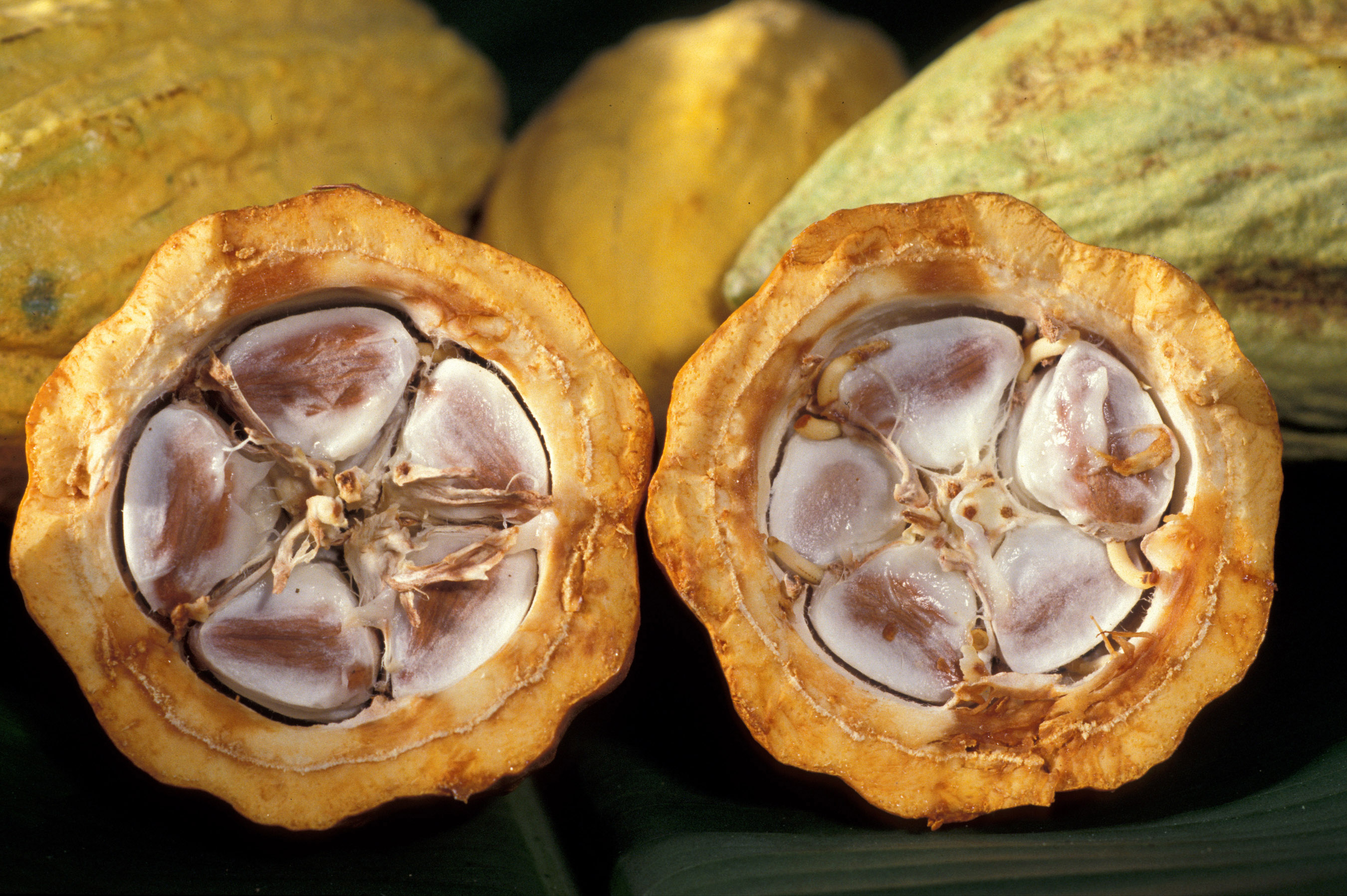
FileCacaopodk463614.jpg Wikimedia Commons
Fresh Cacao Seeds for Planting - Wet Cocoa Seeds - Make Chocolate, Great as Bonsai (4 Seeds) Chocolate. 2.6 out of 5 stars 160. $11.96 $ 11. 96.. (Loco Hot Cocoa), 18ct. Solar Energy Produced Recyclable Single Serve Gluten Free Dairy Free Hot Cocoa Pods, 100% California Blended Hot Chocolate, KCup Compatible. 18 Count (Pack of 1) 3.6 out of.
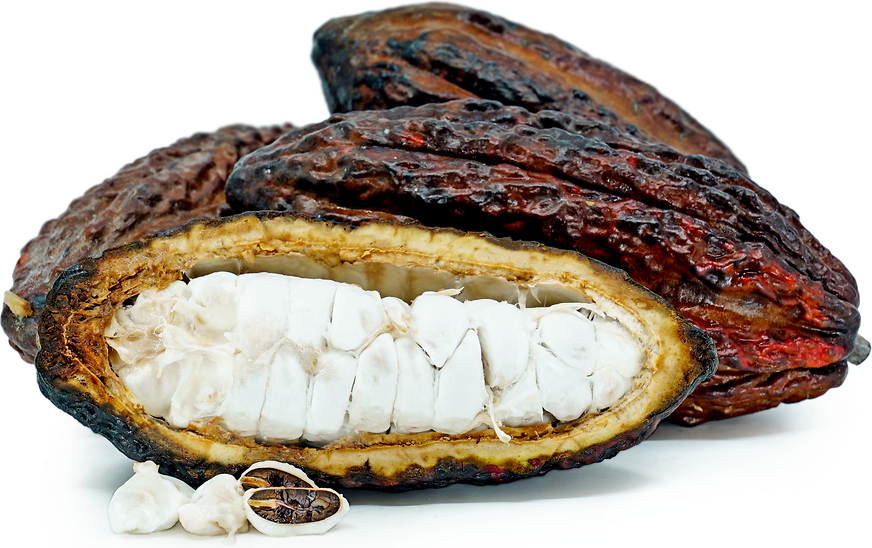
Cacao Pods Information, Recipes and Facts
Crack the cacao pods with a mallet and remove the seeds and pulp. Place the seeds/pulp into a container and set it in a warm place to ferment for 5 to 7 days. Wash off the fermented beans and roast them in the oven. Remove the outer shell from the beans, exposing the cacao nibs. grind the cacao nibs into a smooth paste.
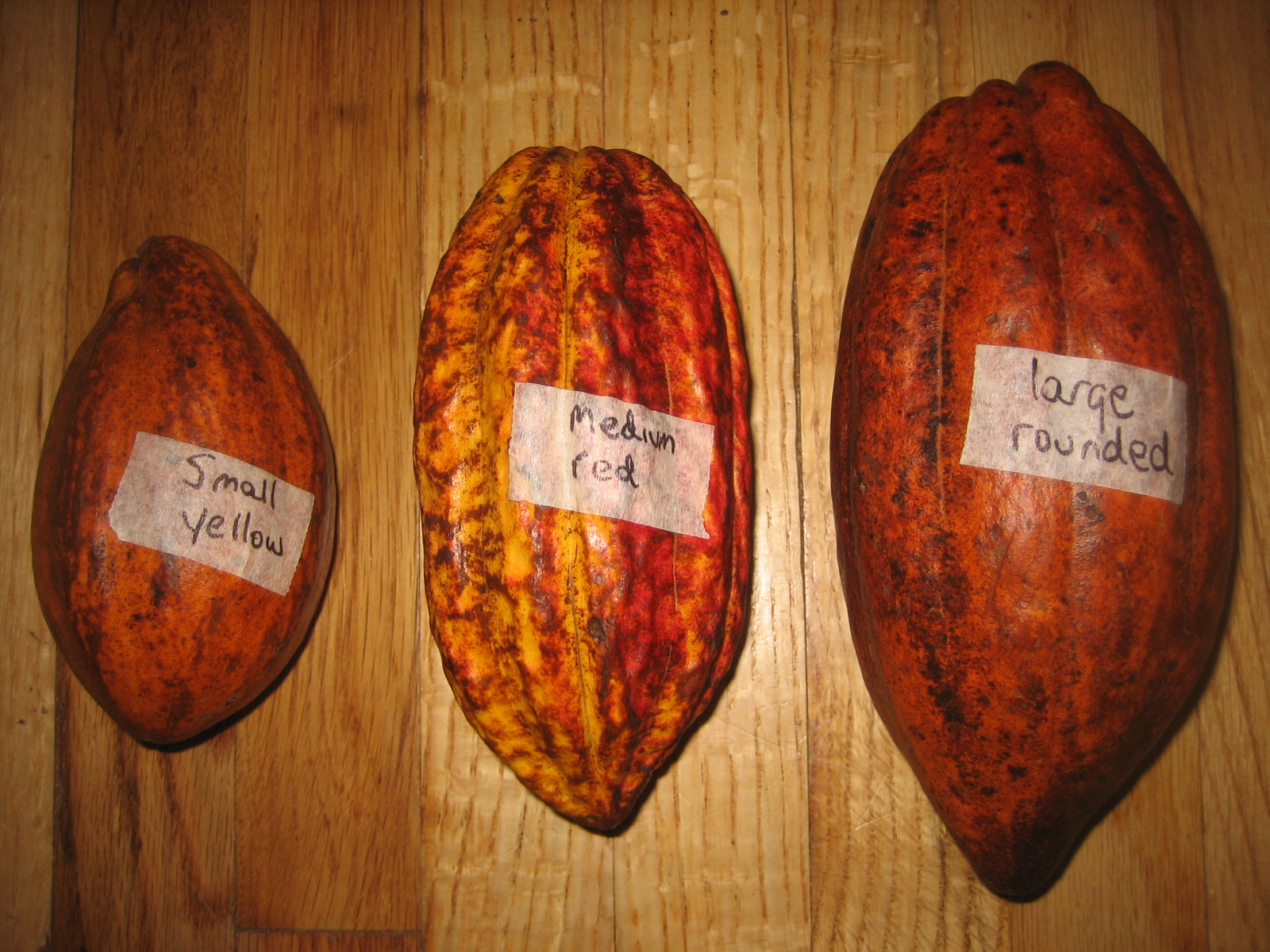
Where the Wild Greens Grow Cocao Pods Germinating Theobroma Cacao seeds.
The inside of a ripe cacao pod harvested in Colombia; the cacao beans lie inside the white pulp. Tijs Zwinkels via Flickr, CC BY-SA 2.0. 2. Picking. Once a producer knows their crop is ready to harvest, they hand-pick the pods. A s the pods ripen at different times, a machete or a specialized knife harvests them instead of a machine.

Cacao Trees and Pods NCA
Freshly harvested cacao pods; these will soon be cut in half ready to collect the seeds. Credit: Ruta Origen Dissecting a Cacao Pod. Cacao pods sprout from "floral pillows" on the branches of the cacao tree (Theobroma cacao, or "food of the gods," to be precise).Pedro Varas Valdez, a cacao producer from Guayaquil, Ecuador, tells me that the appearance of the pods - which are known as.